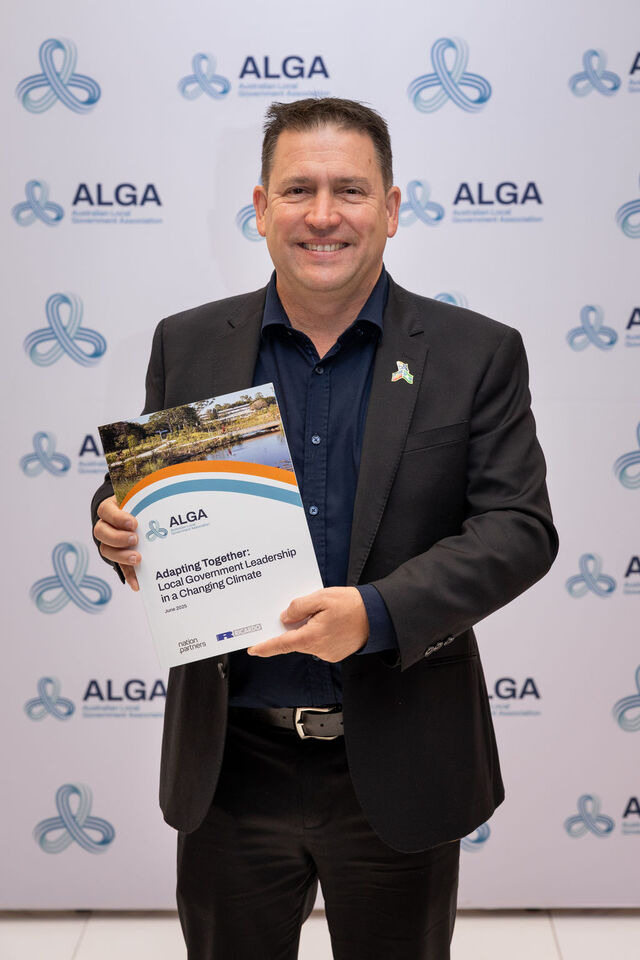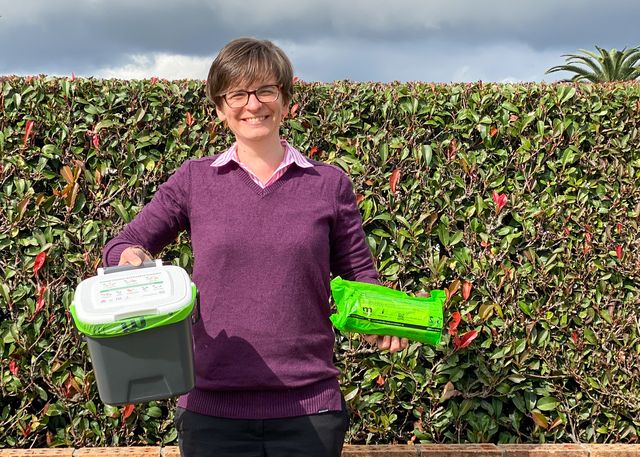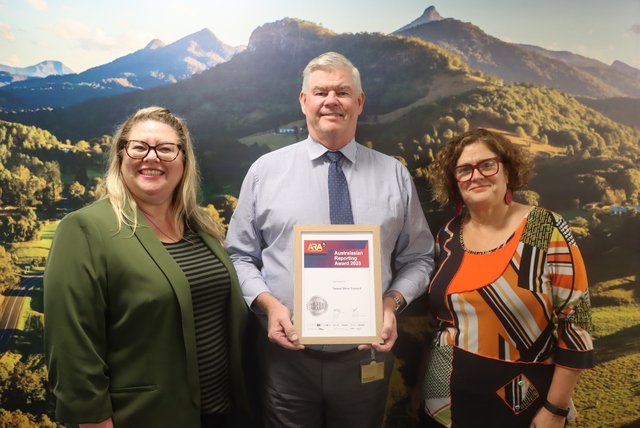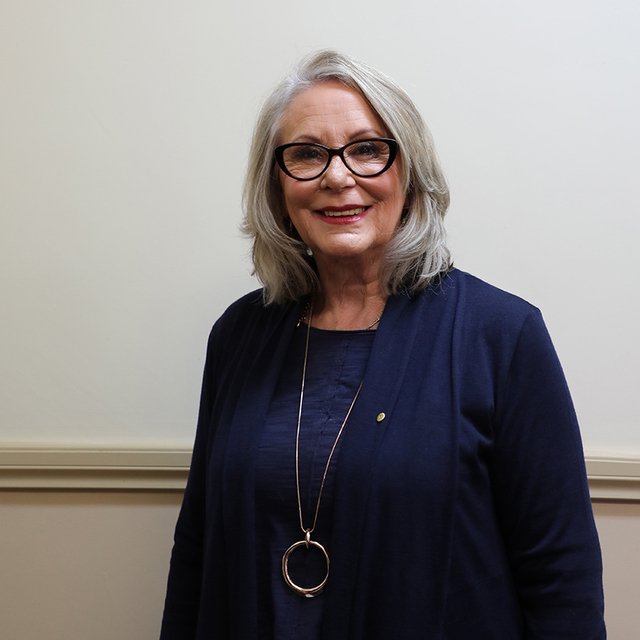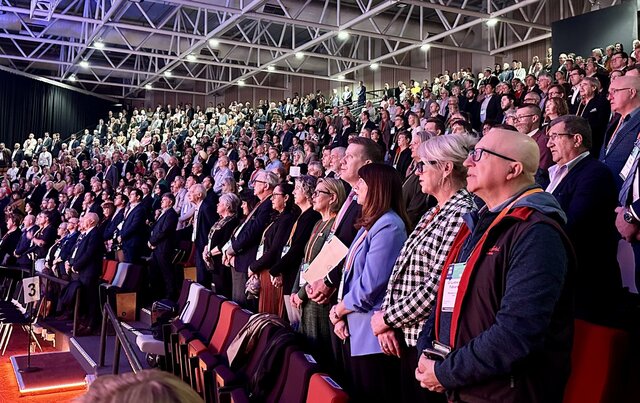Planning for cyclones and natural disasters

|
Tropical cyclones and east coast lows have significant and far reaching impacts on the resilience and sustainability of communities along the far north coast of Queensland. Cyclones are a frequent occurrence for the Cairns Regional Council area, with at least 60 cyclones affecting the area since 1878.
The region is also particularly vulnerable to localised flooding and storm tide, as most of the population resides in low lying areas along the coastal strip.
With the intensity and frequency of cyclones and east coast low activity expected to increase due to climate change, CRC has a strong commitment to enabling communities to safely evacuate and shelter during times of disaster, as well as return after such an event.
“Recent experience with major tropical cyclones such as Tropical Cyclone Yasi in February 2010 and Cyclone Larry in 2006 has demonstrated the region’s vulnerability and reinforced the need for us to work with other agencies to increase community resilience through effective planning and mitigation works,” said Ross McKim, General Manager Infrastructure Services.
Council contributed to a $3.3 million to a dedicated Disaster Coordination Centre – the first such purpose built facility of its kind in Australia.
Completed last December, the Centre is a vital piece of community infrastructure that provides the opportunity to better respond to and recover from natural disasters.
A ‘flexible building’, three partitioned areas with underfloor power and data cabling can be reconfigured to meet different requirements.
Around seven kilometres of underground optical fibre connects the facility to CRC’s main administration building, ensuring Council’s data is protected and accessible onsite.
The data recovery room features some 50Tb of storage space and allows Council to run core operations from the Centre should the main administration building become inoperative.
“The building has its own electricity supply and water storage, so we can lock it down during a crisis and support approximately 50 personnel for around five days without external aid,” Ross McKim said. “ABC Radio, the State Government’s main provider of public communications during a crisis, are able to base themselves at the Centre for live broadcasting to the community.”
CRC was also the first city in Australian to sign onto the United Nations International Strategy for Disaster Reduction Making Cities Resilient campaign.
“Disasters are something that impact us all, and we have joined this campaign to share our experiences as well as to learn from similar municipalities across the globe,” Ross McKim said. “We recently became the first Local Government in Queensland to prepare a formal Evacuation Strategy, with a comprehensive community engagement strategy of identifying individual properties potentially impacted.
“The strategy also looks at determining vulnerable population, timelines, evacuation routes and improving disaster response.
“Our priority is on better preparing the local community to respond to disaster events, and strengthening individual and community resilience to ease reliance on Council and other government agencies during disaster situations.”



